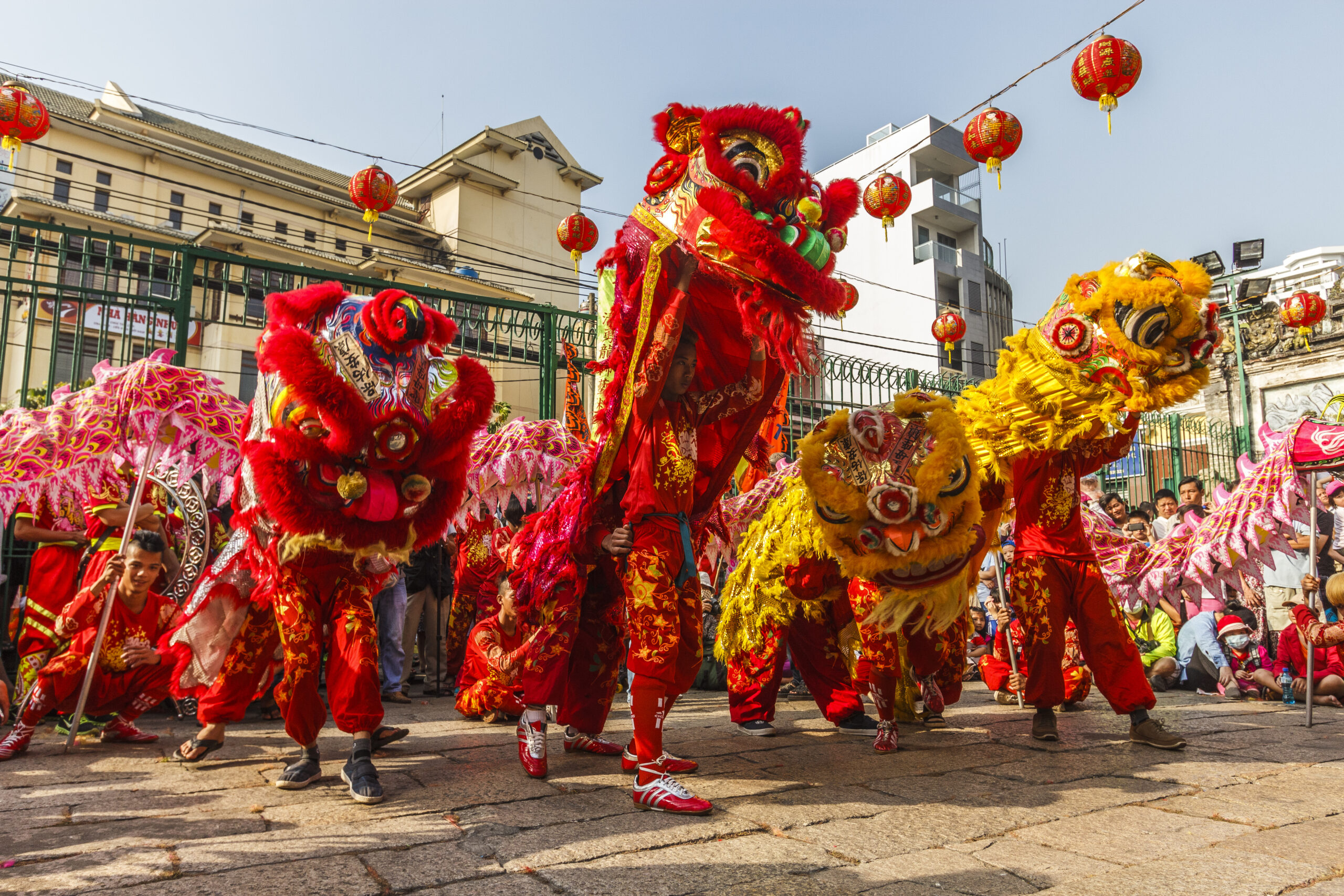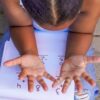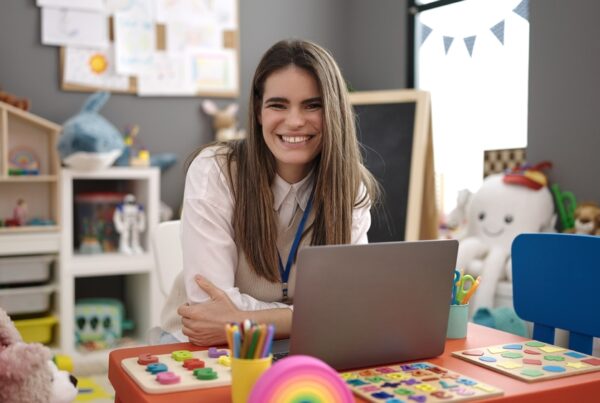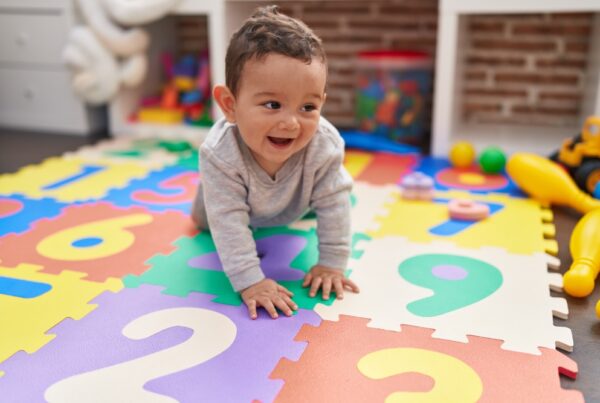The Year of the Rabbit is fast approaching. Here’s how you can incorporate festivities into your child care centre.

The history of Lunar New Year
According to Chinese legend dating back over 4,000 years, the Nian, a beast hungry for livestock and people, would show up every Lunar New Year’s Eve and terrorise the town. To ward off the beast, people would wear and display the colour red, burn bamboo and light candles.
Following the success of scaring the monster away, it is now tradition to decorate houses, window fronts and wrap gifts in brilliant bright red, symbolising prosperity, happiness, good fortune, and, most importantly, protection against evil spirits.
The Chinese New Year also coincides with the beginning of spring and the beginning of a new year on the Chinese lunisolar calendar; hence the traditional title of Lunar New Year.
This year, Chinese New Year falls on 22nd January, commencing the Year of the Rabbit.
Why should Australia celebrate Chinese New Year?
Australia is an extremely diverse and multi-cultural country, proudly celebrating “… those who’ve come across the seas” even within the lyrics our national anthem.
It is estimated that more than 1.2 million Chinese-Australians call Australia home, amounting to approximately 5.5 per cent of the population as of 2021. While many are born on our sun-soaked shores, others have migrated from areas such as China, Hong Kong, Taiwan and Southeast Asia, with 2022 seeing over 15 thousand expats alone.
Dr Kai Zhang of the School of Culture, History and Language at the Australian National University in Canberra says Lunar New Year is an opportune time for people all over the country, particularly young Australians, to learn and celebrate the rich history of so many Australian’s lineage.
“It is a cultural event of long history and of very rich, symbolic, meaning embedded in it,” says Dr Zhang.


Celebrating Chinese New Year in the classroom
Being a holiday of rich culture, colour and creativity, there are numerous fun and imaginative ways to celebrate Chinese New Year for students of all ages.
Decorations
Perhaps the most easy and fuss-free way to celebrate the New Year is to adorn the classroom with rich red decorations such as traditional Chinese lanterns (pictured above).
Let the kids’ imaginations run wild and get them to make the decorations themselves! They can even come up with creative Rabbit-themed posters!
Using hand-made decorations will not only ingrain a better understanding of traditional Chinese designs but will also allow the students to feel more connected to the holiday much like hanging home-made baubles on a Christmas tree.
Paper firecrackers are also commonly used to decorate homes and are an easy DIY activity for little hands. Gather clean toilet rolls and paint them red or roll up some red paper. Edge each end with gold glitter or tape and stick a red tassel or gold curling ribbon on the end. String all the kids’ crackers together to create a banner and hang it from a doorway.
Longwu
Longwu, commonly known as the dragon dance, symbolises good luck, long life and wisdom, and is performed to scare away evil spirits.
Children can get creative and decorate their own dragons or create a class dragon (pictured above) with all sorts of materials. You can even get all the children to participate in learning and performing a traditional dragon dance for parents on Lunar New Years Eve.
Red lucky envelopes
Red envelopes, or hongbao, are commonly exchanged between family and friends, often including greetings and good wishes in gold writing or decorated with symbols like the Chinese dragon or lions for good luck.
Gold coins are also usually added to the cards as bonus offering, typically equalling an even digit as odd numbers are traditionally associated with funerals.
Kids can create their own red paper cards and decorate them with traditional Chinese characters. They can swap real gold coins for chocolate ones, handing them out to friends, family and peers.



Lunar New Year’s Eve morning tea
Banquets and gathering with friends and family is a big part of New Year festivities. Organising a morning tea where students can bring in traditional Chinese dishes (kid-friendly of course) such as dumplings, fish dishes, fortune cookies or sweet rice cakes is a great way to celebrate the New Year and introduce students to cultural dishes they may have never tried.
Fun fact: Giving mandarins during Chinese New Year is representative of wishing someone happiness and prosperity for the year to come, so a bowl of mandarins is always on display somewhere nearby!
No matter how you decide to celebrate, incorporating festivities or learning more about China’s culture is a great way to broaden students’ world knowledge and show respect to any kids in the class who may have Chinese heritage.












